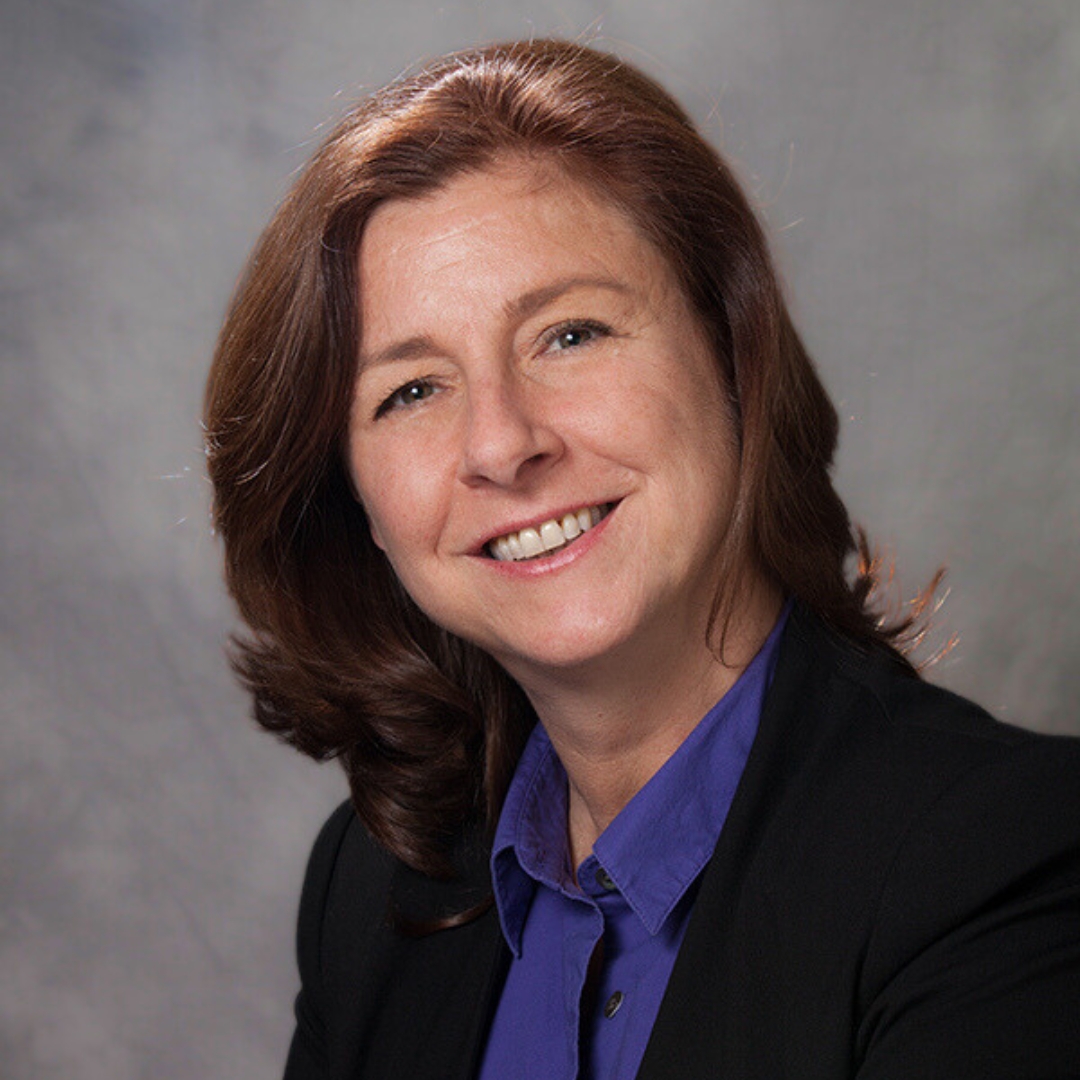Capitol Hill briefing highlights conclusive research
Early education provides an economic engine for children, families and the country, experts said today on Capitol Hill, and it cannot succeed without public investment.
“Child care is one of the things that makes all other work possible,” Rep. Suzanne Bonamici (D-OR) told Early Gains, Lifelong Returns, a briefing hosted by First Focus on Children. “There’s no market solution…There has to be investment and to me that’s a good investment. We’re still fighting for that funding.”
The budget released this month by President Trump effectively cuts many early education programs, such as Head Start, and eliminates many other programs outright.
“When we get kids off to a good start in life, it’s better for kids, it’s better for communities, it’s better for the economy and it’s better for the country,” Bonamici said.
The evidence is more than anecdotal. A strong body of research going back to the 1960s has found that these interventions reduced crime, improved educational attainment, boosted cognitive development, increased employment, and improved health. The benefits for taxpayers were just as impressive, with $2.50 of savings for every $1 invested due to less need for support later in life.
“I’m not sure there is a policy area that has been more thoroughly vetted and more convincingly proven to be worth the money we spend than these programs,” First Focus on Children economist Chris Becker said. “The evidence base here is overwhelming.”
Many current studies, such as the School Experiences and Early Development (SEED) program in Tulsa, Okla., are adding to that body of work. Georgetown University professor Anna Johnson leads the longitudinal study that began in 2016 with children before they attended the city’s universal pre-K program. Researchers have found that students attending Tulsa’s universal pre-K exhibit better language and math skills through elementary school, and better executive function.
“There’s something about pre-K that’s teaching kids how to pay attention, persist when things get hard, and keep succeeding,” Johnson said.
Families and communities benefit as well as children, said Dr. Susan Savage, research director of the Child Care Resource Center, a non-profit organization serving Northern Los Angeles and San Bernardino Counties. In the center’s service area, Savage said, government-supported child care makes it possible for more than 55,000 parents to work, creating a total of $1.3 billion in family earnings that gets invested in the local community.
“These families are making on average $25,000 a year,” Savage said. “They’re not going to the Bahamas. They’re going to the gas station, the grocery store and Walmart.”
The cascading impact of subsidized child care, Savage added, helps families pay rent, get jobs that give them access to health care, and even escape homelessness.
The Trump Administration’s FY 2026 budget proposal would eliminate several preschool development block grants and a program that helps college students with children afford child care. It would also “flat-fund” the Child Care and Development Block Grant and the Head Start program, leaving investment at FY 2025 levels.
“Flat funding, especially in this current economy, is essentially a cut,” said Casey Peeks, senior director, Early Childhood Policy at the Center for American Progress. “You will see less families receiving subsidies, Head Start teachers unable to get wage increases, and you’ll see Head Start programs close classrooms.
“Long-term,” she added, “we want universal, free, birth-through-5 early childhood education. It’s important to call it ‘education’. This is setting kids up for success. If we have a free and universal K-12 system, we should also have free, universal pre-K.”
For more information, read Research Confirms that Early Learning Investments Increase Benefits to Children, Lower Costs to Taxpayers.
